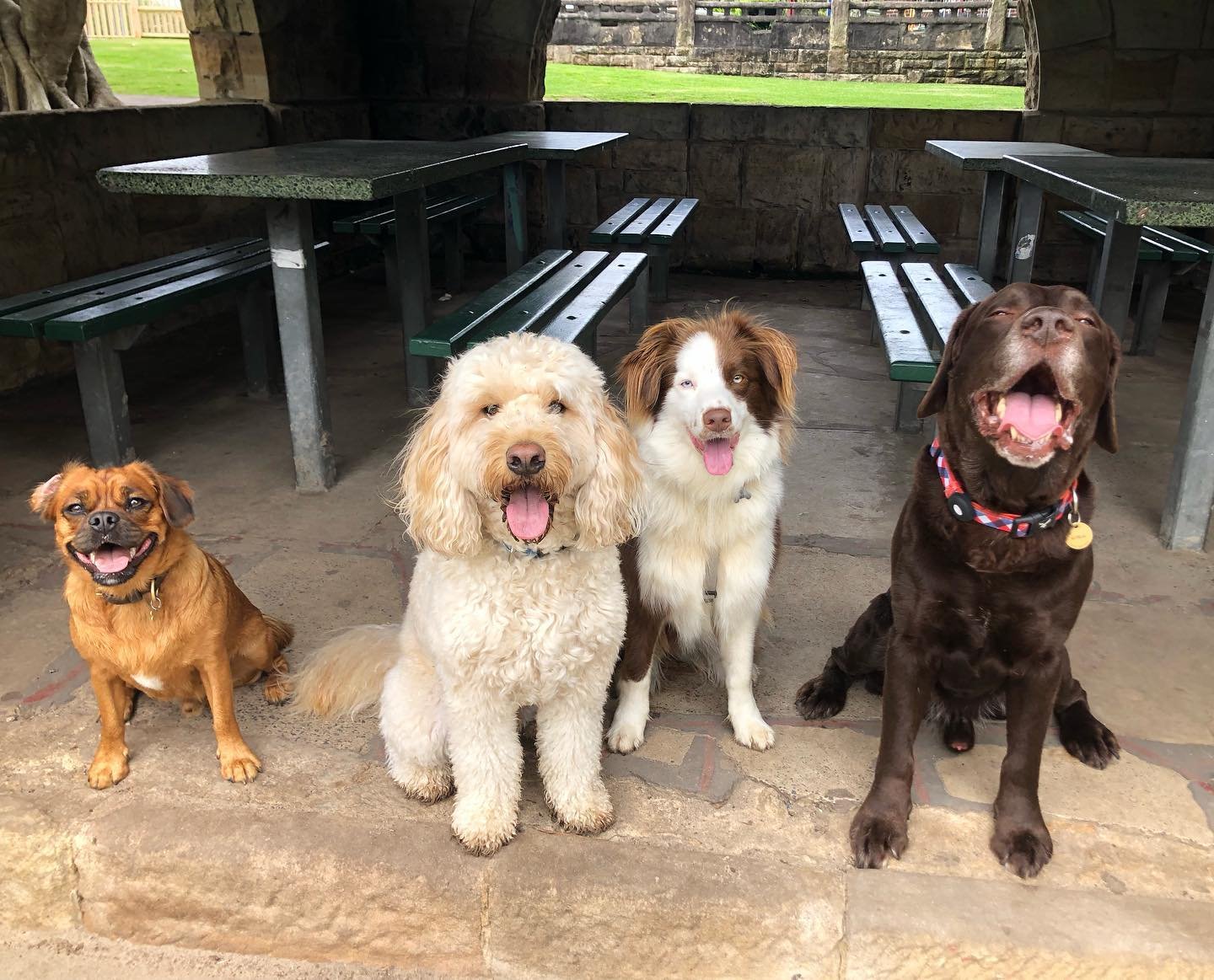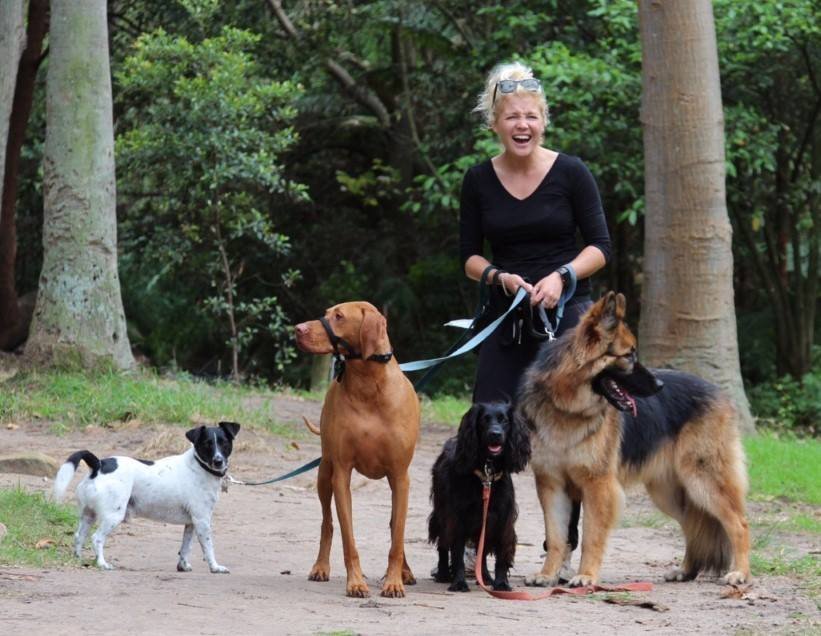#1 POSITIVE REINFORCEMENT- WHAT CAN I USE AS A REWARD?
Positive reinforcement is defined as 'adding something into your dogs life, I.e. rewarding the dog, to increase the likelihood of a behaviour occurring'. An example of positive reinforcement is giving your dog a food treat every time he sits to increase the likelihood of your dog sitting.
A common misconception of dog training is food is the only option as a reward. Even though food is a great starting point for positive reinforcement training, especially for puppies, it may not be motivating for all dogs. There are a number of different options you can try with your dog if food just isn't cutting it.
Play is a fantastic motivator for some dogs; if your dog loves to play fetch with a ball or stick, or loves a good game of tug-o-war, you have a very trainable dog. When teaching your dog a new behaviour, mark the desired behaviour with a conditioned reinforcer, such as 'good!' and throw the toy or engage in tug as the reward. Your dog will quickly learn to get you to play that game he loves all he has to do is offer the desired behaviour.
Another often overlooked reward is simply giving your dog with what he wants at the time. For example, if your dog is outside and wants to come in, wait for him to sit calmly and offer eye contact before you open the door, if you start to open the door and he becomes over-excited or tries to push in- close the door and start again.
Similarly, if your dog is jumping up for attention, turn away from him and avoid eye contact, only turn back once he is calm with all four paws on the floor, he will quickly learn the best way to get your attention is to be calm and controlled.
#2 SHAPING A BEHAVIOUR
In dog training it is very easy to become overwhelmed when attempting to teach your dog a complex or challenging behaviour, however even the most complicated-seeming trick is easily mastered by simply breaking down every aspect into small, achievable steps.
For example, when teaching your dog to hold a sit and stay while you dance around him or roll around on the floor it is important to start small. The first step to holding a stay position is to ask your dog to 'sit', and once in position ask him to 'stay'. Move your foot one step in front of your dog and back and reward, if he moves ask him to sit again and decrease the distance you moved your foot.
Repeat this step until your are confident your dog will not break position when you move, then increase the difficulty by moving two steps away from your dog. Continue this pattern until you are able to walk away from your dog without him breaking position.
Likewise, if you are trying to lie down in front of your dog without him breaking position start with a small bend of your knees, followed by a small crouch, ensuring you are not moving forward to the next step until you are confident your dog is successfully holding his 'stay' at the current stage.
The same principle applies to any behaviour you are trying to teach; if you want your dog to stand on his hind legs, encourage one paw off the ground (either by luring with food/toy above his head or tapping his foot until he lifts it) and reward, once he has learnt this step encourage him to lift a little higher and only reward once he gives that little bit more.
This may take several training sessions so don't rush it.
#3 LOOSE-LEAD WALKING
To understand loose-lead walking it is important to understand why your dog may be pulling on the lead; when out walking a dog will find sniffing the ground, interacting with other dogs and people and generally experiencing new situations very rewarding, so essentially, when he is pulling ahead to get to these new sensations he is rewarding himself for pulling.
To train your dog not to pull on the lead it is best to start at home, in an environment with no distractions to teach your dog what you expect when you put on his lead.
Your first step is to teach your dog to walk on your left side, this will discourage constant crossing over and potential tripping while walking. Hold your lead in your left hand and have a food treat in your right hand and lure your dog to your left side by holding the food to his nose and moving your hand to your left side, once he is there give his reinforced conditioner, 'good!' and reward, continue to reward him while he is on your left side. Alternatively you may use a tug toy to reward.
Once he has learnt he will be rewarded for being on your left side you can begin walking, taking only a few steps at first, giving the conditioned reinforcer, 'good!' and rewarding. Repeat this step and gradually increase how many steps you take before rewarding. Continue to heavily reward your dog while he is walking with a loose lead on your left side.
If your dog does not want to walk, ensure there is nothing scaring him and preventing him from moving forward. Once you are sure of this; use a happy voice and encourage him forward. If, alternatively, he rushes forward and is pulling on the lead, stop walking, or 'anchor', and wait for there to be no tension in the lead, you may need to call your dog's name to get him to turn back to achieve a loose-lead. Remember, the only way your dog will be able to make you move forward is by putting no tension on the lead; if he pulls, you stop.
It is a good idea to practice down a hallway if available to minimise distraction and gradually increase the distraction level by practicing in your garden before taking it to the streets.



